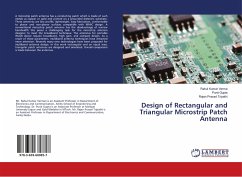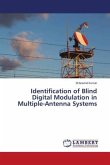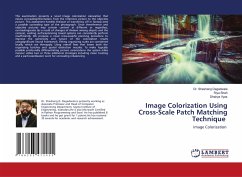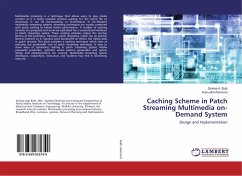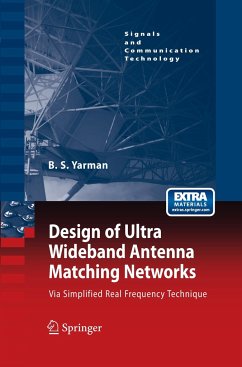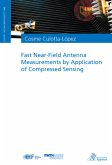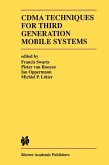A microstrip patch antenna has a conducting patch which is made of such metals as copper or gold and printed on a grounded dielectric substrate. These antennas are low profile, lightweight, easy fabrication, conformable to planar and non-planar surfaces compatible with MMIC design. A conventional microstrip patch antenna has the disadvantage of narrow bandwidth this poses a challenging task for the microstrip antenna designer to meet the broadband technique. The antennas for portable WLAN device require broadband, high gain, and compact design. As a result of these parameters, multiband antenna techniques have attracted more attention. Recently many new technologies have been proposed for multiband antenna design. In this work rectangular and an equal area, triangular patch antennas are designed and simulated. Overall comparison is made between the antennas.
Bitte wählen Sie Ihr Anliegen aus.
Rechnungen
Retourenschein anfordern
Bestellstatus
Storno

